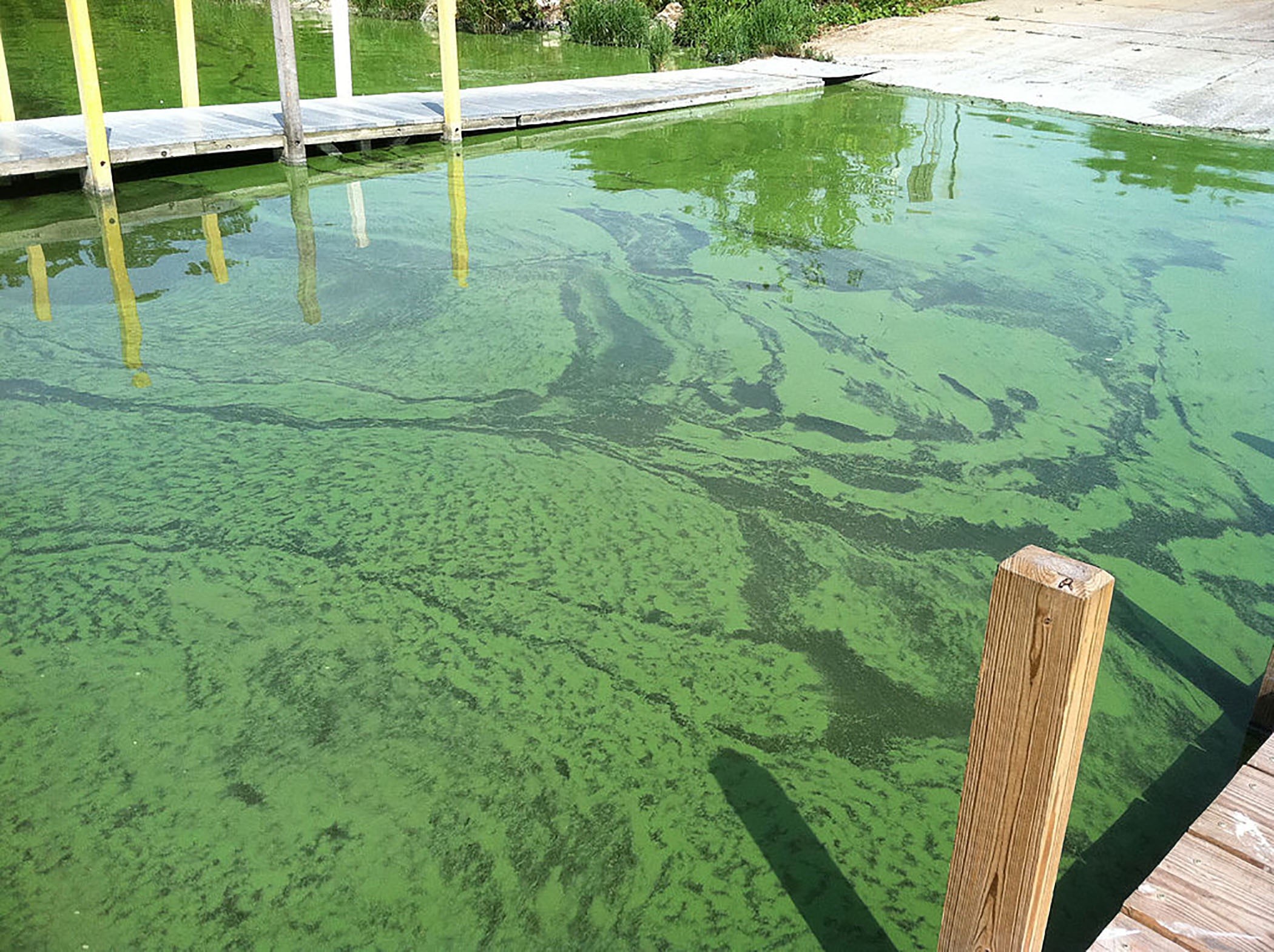This project will improve monitoring and response to harmful blooms of cyanobacteria by expanding the utility of an existing analytical method for detecting members of the anatoxin-a family, a toxin produced by several cyanobacteria species. The team will develop the method to cover anatoxin-a (ATX) and congeners and encourage its adoption to facilitate wider use by federal, state, and academic labs and raise awareness of potentially under-reported risks of ATX to public health.

Why We Care
Driven in part by the Toledo water crisis of 2014, many states now have robust cyanotoxin monitoring programs that are strongly focused on microcystins, a potent liver toxin produced by Microcystis and Planktothrix cyanobacteria genera. While these are widespread, increasingly other species and their toxins are also being reported in the Great Lakes and other freshwater systems. For example, Anabaena, and Aphanizomenon are known to produce toxins in the anatoxin family.
Variants or congeners of anatoxin can cause respiratory paralysis and have been associated with dog, livestock, and wildlife fatalities. A lack of robust detection methods has forced many monitoring programs to either overlook anatoxins, or adopt the only approved analytical method (U.S. Environmental Protection Agency 545), which measures only one variant (ATX). Overlooking ATX, or measuring just ATX, can lead to under-estimation of the total cyanotoxicity in a freshwater body and complicate the accurate assessment of cyanoHAB risks to humans and wildlife.
What We Are Doing
This project will develop certified reference materials and standards for several anatoxin congeners, including ATX, homoanatoxin-a (HTX), and their derivatives. These efforts will allow the team to expand the existing U.S. EPA method 545 to measure additional anatoxin congeners. This improved method will be shared with project collaborators for peer validation.
A partnership with National Research Council Canada will enable the team to provide calibrated and uncalibrated standards for general distribution to government and analytical laboratories across the United States, Canada, and abroad. The team will also evaluate another commonly used toxin assay to determine its cross reactivity with anatoxin congeners. To facilitate the adoption of this method by existing cyanoHAB monitoring programs, the project will communicate results to state agencies, publish a peer-reviewed method validation to aid cross-laboratory compatibility, and share the resulting new method with the U.S. EPA.
This project is led by Dr. Nicholas Pflug, State University of New York, College of Environmental Science and Forestry (SUNY ESF), with co-investigators Dr. Gregory Boyer, SUNY ESF, and Dr. Pearse McCarron, National Research Council Canada, Biotoxin Metrology.
This project is supported by the NCCOS Monitoring and Event Response for Harmful Algal Blooms (MERHAB) Research Program.
Benefits of Our Work
This work will enable measurement and thus increased awareness of risks associated with anatoxins in freshwater systems that supply drinking water and opportunities for recreation and benefit efforts to understand routes of cyanotoxin exposure in wildlife.
